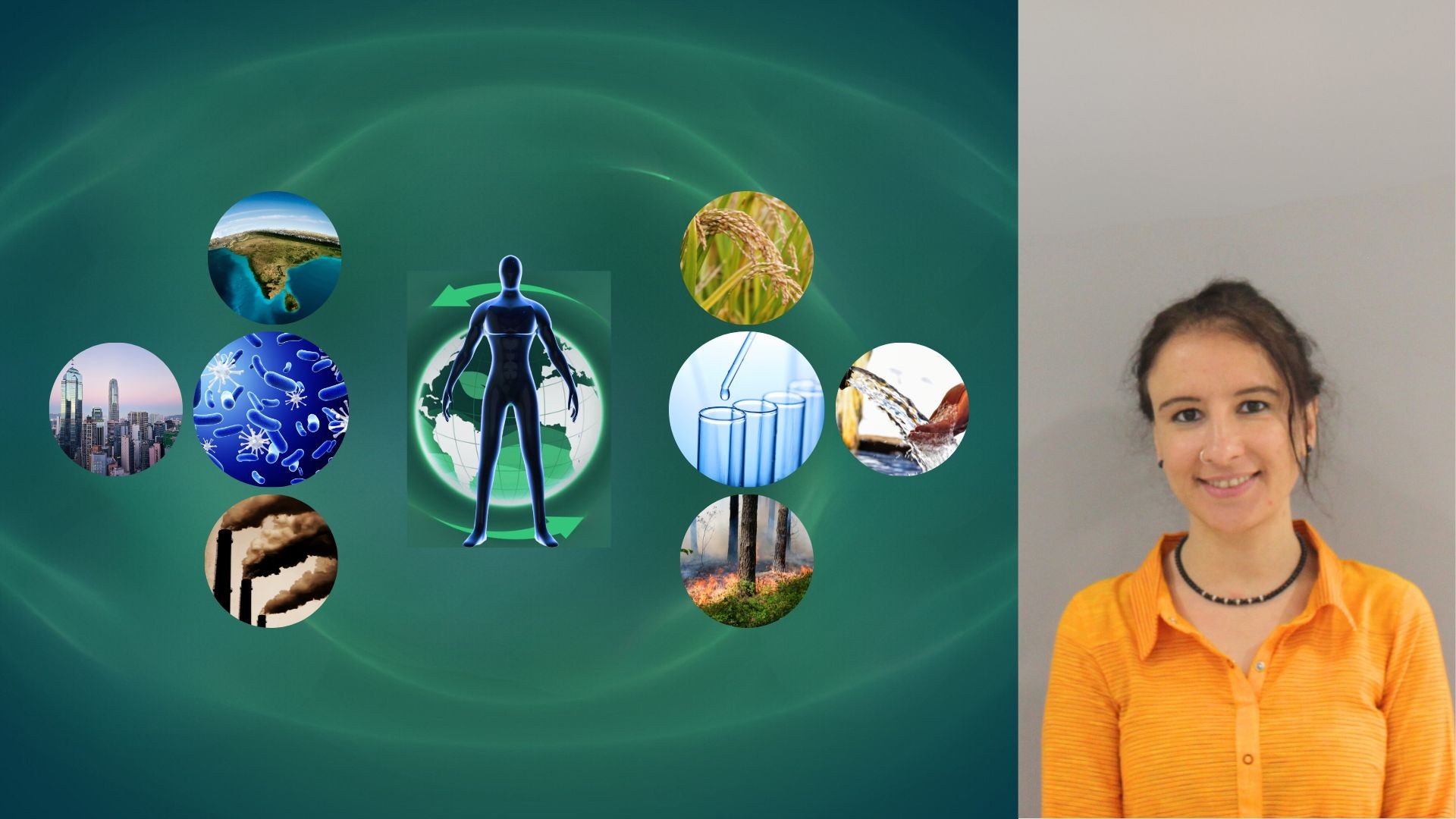Health Risks from Toxic Metal Exposure

Heavy metal toxicity has proven to be a major threat to human health. Metals such as arsenic, cadmium, lead, and uranium are known to adversely impact organ systems and increase various health risks as they accumulate in the body and enter the food chain. While measures have been taken to control, prevent and treat metal toxicity, detecting and analyzing toxic metal exposures in human tissue and body fluids needs greater attention.
To learn more about the different methods of tracing metals through biospecimens, and to discuss the current research capacities and challenges faced while analyzing metal exposures in India, Columbia Global Centers | Mumbai organized a symposium entitled ‘Health Risks from Toxic Metal: Strengthening Capacities for Metal Analysis of Biospecimens’ on March 15, 2023. This symposium brought together scientists from various Indian medical research institutes and faculty members working in environmental health sciences. The discussion was led by Dr. Kathrin Schilling, Assistant Professor in the Department of Environmental Health Sciences and METALab Core Facility at Columbia University’s Mailman School of Public Health. Dr. Schilling is also one of the recipients of the illustrious Yusuf Hamied Fellowship, a joint program between Columbia Global Centers | Mumbai and the Mailman School of Public Health aimed towards strengthening public health research in India.
Dr. Schilling noted that while not all metals are toxic, there are a few that contaminate water, air and soil, and subsequently enter our food chain. Of the 10 chemicals listed as public health risks by the World Health Organization, four are metals with two major morbidity and mortality risk factors. Highlighting the dangers associated with toxic metals, she described the work of the METALab at Columbia University and its Metallomics mission. The lab tests biospecimens such as urine, blood, tissue, hair, saliva and even nails, with an instrument called Inductively-Coupled Mass Spectrometer (ICP-MS). Through the ICP-MS method, any element on the periodic table can be measured at high-speed and a very low detection limit. Dr. Schilling observed that such labs dedicated to routinely analyzing metals in human tissues and body fluids are more or less absent in India. She remarked, “Through my fellowship project, I aim to solve this problem by supporting infrastructural development in India to perform metal analysis through population-based observational and interventional studies. I want to facilitate research studies to minimize toxic metal exposures and protect public health.”
Symposium experts from IIT Bombay and CSIR - National Environmental Engineering Research Institute, Dr. Soumya Mukherjee and Dr. Nitin Goyal, respectively, shared insights into popular methods currently used to trace toxic metals in India, including fiber optic sensors and receptor modeling. The discussion brought up challenges such as investments required for setting up clean infrastructure and storage facilities, lack of preservation and storage protocols in place, and the difficulty in collecting large scale biospecimen samples to conduct mass testing programs. Yet they unanimously agreed that mass testing for toxic metals through biospecimens could be a game changer for protecting public health. Dr. Schilling concluded the session by highlighting that the cost of routine tests conducted at a mass level would be a lot lesser compared to the cost borne by individuals suffering from the disease at a later stage.